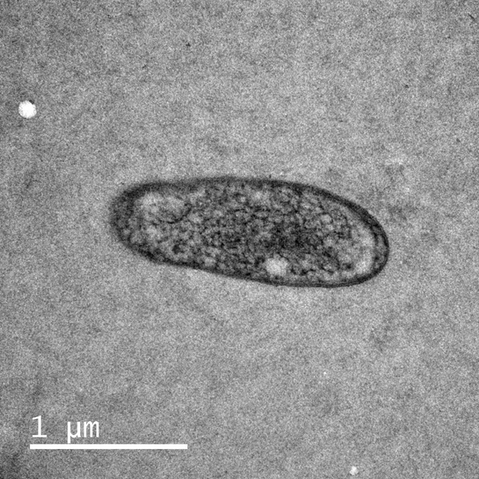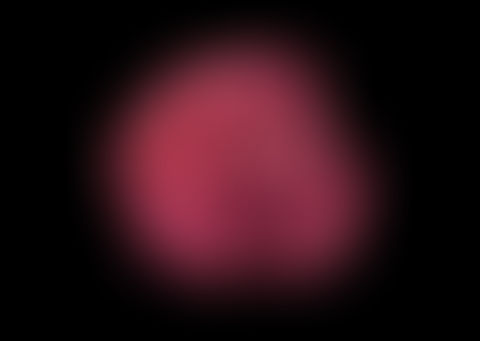Wilbanks Lab

Investigating how the ecology of microorganisms influences their physiology and evolution and drives nutrient cycling in marine environments
We work to discover and quantify microbial interactions in
natural marine ecosystems over scales bridging single cells to ecosystems. Understanding ecosystems with this resolution will help us improve predictive models of ecosystem function and discover fundamental principles governing the dynamics of microbial communities.
At present, we focus on the bacteria and archaea associated with marine biofilms. We perform experiments in the field and the lab, integrating a diverse toolset including multi-omics, microscopy, microsensors, cultivation, and stable isotope geochemistry.



Assembly graph of a bacterial population genome with structural variants (visible as "bubbles").





